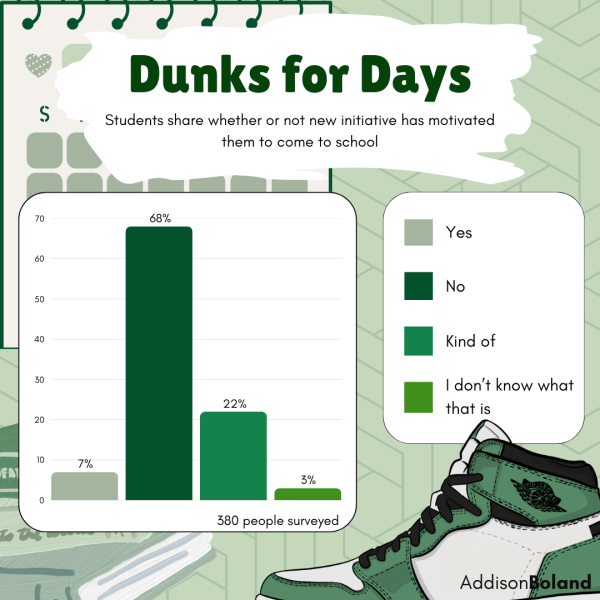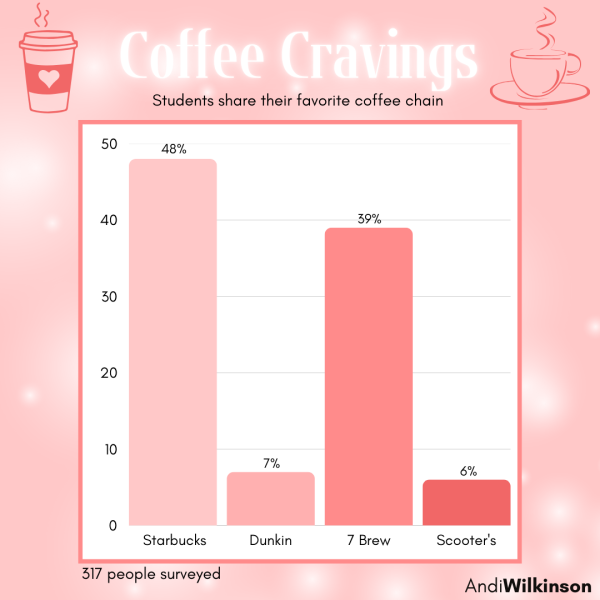Snow falls schedule
Snow days create disruption in the learning process
School buses are unable to start in the morning due to the snow fall.
The boy’s stomach ached with procrastination. He sat on the couch lazily after school hoping and praying he would not have to complete his homework. Newscasters only discussed the impending snow on the forecast and the boy continued to wish for a snow day. At 9 p.m., the boy checked Twitter and realized that the district had in fact canceled school. Thankfully, junior Garrett Fields still had another day to complete his essay.
The Blue Valley School District canceled school for a total of five times during the 2013-2014 school year due to snowfall. While the district did in fact receive several inches of snow, one of these so called “snow days” was actually a “cold day” because the weather was several degrees below zero.
“We had a cold day because the wind chill was too cold for students to be out waiting for the bus,” special education teacher Lynda Laplant said. “I think there is a point when it is too dangerous to be outside.”
Research shows that districts have been more lenient in calling snow days. Years ago, students walked to school, shivering, even in feet of snow, and in other states, going to school even with a windchill below zero is normal.
Schools are required to have about 186 days during a school year due to Kansas state regulation. If the district were to have more than four snow days, for each day missed, the district adds another day onto school leading into summer.
“There should be a better system,” freshman Lindsay Hissong said. “School should not go into June, one of the summer months.”
While Hissong enjoys the occasional snow day because it is just another day she does not have to attend school, she would rather have her summer months free of charge.
“Snow days are good to have an unscheduled break during the week, but they also mess up our schooling,” junior Garrett Fields said.
Many of the Blue Valley Southwest students enjoy having a day off, but they also realize snow days make the schedule more challenging when coming back.
“It disrupts the flow of learning,” Laplant said. “Consistency is important especially when working with special needs kids.”
The question now becomes: How do school districts create a way where students are not penalized by the weather?
“I think that an option is if we get a snow day, we could take time off of spring break or schedule five to six snow days instead of only four,” Laplant said.
Junior Grant Wernicke believes that there should simply be a set date that school gets out so the snow days cannot affect the district’s school days. However, when discussing this idea with Laplant, she ends up having to cut out certain activities that may actually be the fun ones and decide what lessons are most important for the curriculum.
School administrators should take these solutions into consideration when planning the next school year so school does not run past the last day, May 30.







